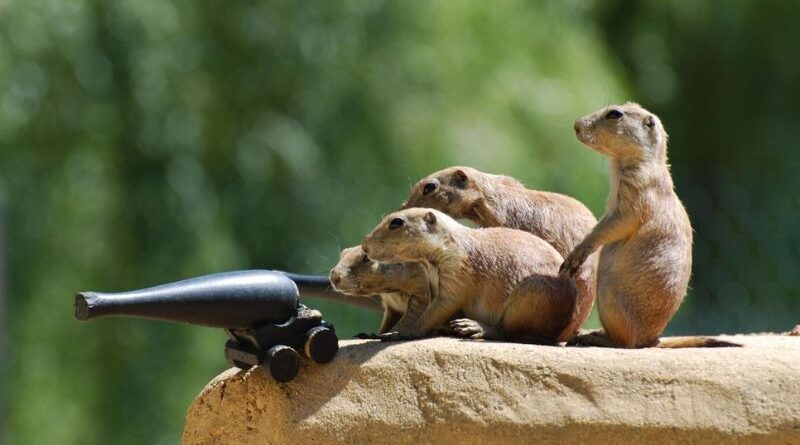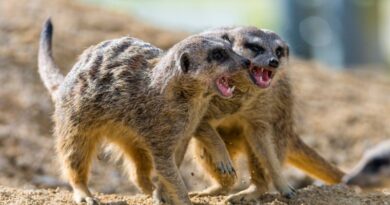Unusual Animals Kept as Pets – In recent years, there has been a noticeable surge in the popularity of keeping unusual animals as pets, challenging traditional notions of domestic companionship. Defined by their exotic and non-traditional nature, these pets range from reptiles and amphibians to arachnids, insects, and even avian or aquatic species.
This trend, while intriguing, raises critical questions about the ethical considerations and legal implications surrounding the ownership of such creatures.
This outline aims to explore the diverse realm of unusual pets, delving into the various types, the legal and ethical framework that governs their ownership, as well as the unique challenges and responsibilities associated with their care.
By examining case studies and weighing the benefits against potential drawbacks, this exploration seeks to foster a comprehensive understanding of the dynamic relationship between humans and these extraordinary companions.
Unusual Animals Kept as Pets
Sugar Gliders (Petaurus breviceps)
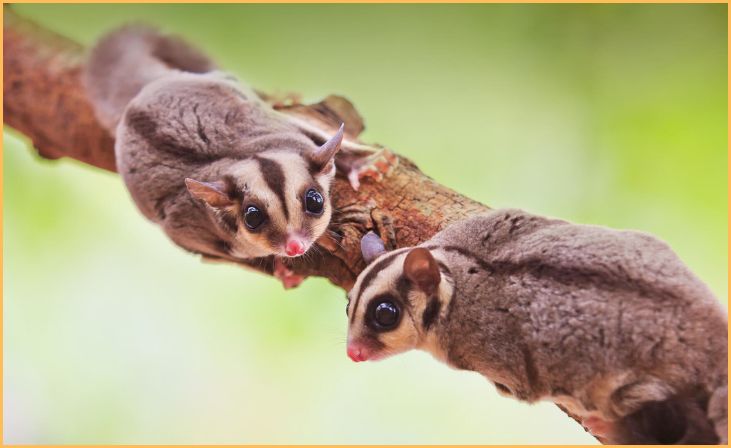
Sugar Gliders (Petaurus breviceps) are small, nocturnal gliding possums native to Australia, New Guinea, and Indonesia. Known for their sociable nature and gliding abilities, these marsupials make unusual but popular pets.
Recognized for their large eyes and distinctive patagium, a membrane enabling gliding, they require careful care. Their diet includes a mix of fruits, vegetables, and a protein source.
Housing should include space for climbing and gliding, as well as a warm environment. Sugar Gliders are social animals, thriving with companionship. However, potential owners must be prepared for their specific needs and commitment to their well-being.
Also, Read – Tips for Being a Responsible Pet Parent
Hedgehogs (Erinaceidae)
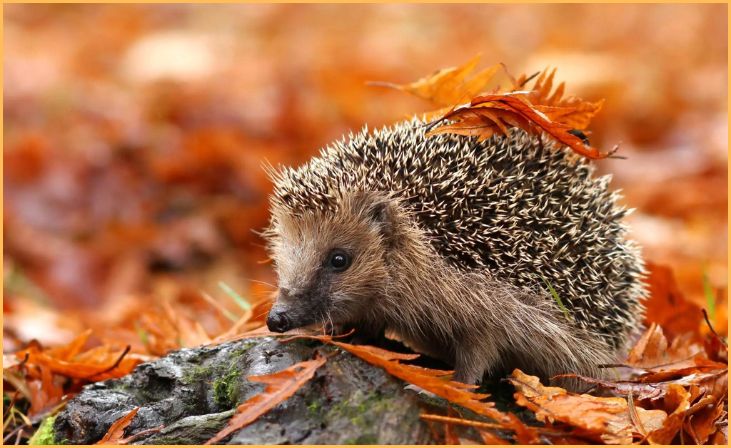
Hedgehogs, belonging to the family Erinaceidae, are small, spiky mammals often chosen as unusual pets. With a distinctive appearance characterized by spines covering their back, these nocturnal creatures hail from Europe, Asia, and Africa. Hedgehogs have unique dietary requirements, enjoying a mix of insects, fruits, and vegetables.
Proper housing involves providing a secure enclosure with hiding spots and an exercise wheel. While they may seem adorable, hedgehogs need careful handling due to their spines.
It’s essential to research their specific needs, including temperature and lighting, to ensure their well-being. Hedgehogs have gained popularity as pets, but responsible ownership involves commitment to their specialized care.
Fennec Foxes (Vulpes zerda)
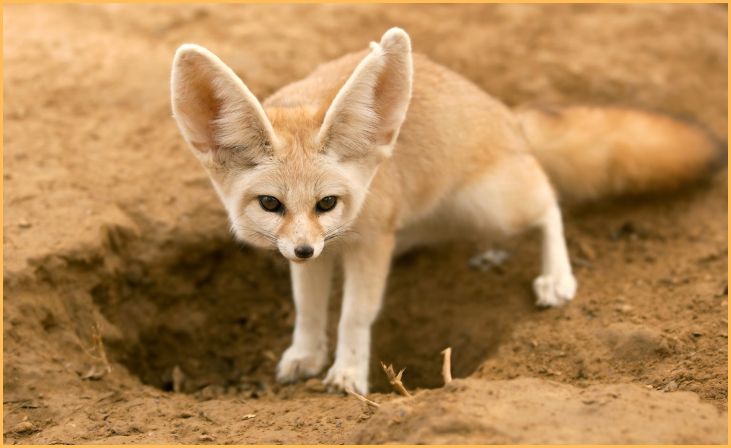
Fennec Foxes (Vulpes zerda) are captivating exotic pets known for their distinctive appearance and charming large ears. Native to the Sahara Desert, these small foxes have adapted to arid environments. Their diet includes a mix of insects, fruits, and specialized commercial feeds.
While their adorable nature makes them popular, potential owners must be aware of the challenges, such as meeting their complex needs for space, mental stimulation, and temperature regulation.
Fennec foxes require a dedicated commitment to their well-being, and it’s crucial to check local regulations regarding their ownership, as they are subject to wildlife and exotic animal laws in many places.
Axolotls (Ambystoma mexicanum)

Axolotls (Ambystoma mexicanum) are intriguing aquatic salamanders that remain in their juvenile aquatic form throughout their lives. Popular in the aquarium trade, these creatures exhibit unique regeneration abilities.
Hailing from Mexico, they require a cool, clean aquatic environment with proper water quality and temperature. A diet primarily consists of live or frozen foods, such as bloodworms and brine shrimp.
While they make captivating and unusual pets, potential owners should be prepared for the commitment involved in maintaining a suitable aquarium setup. Axolotls are particularly sensitive to water conditions, necessitating regular monitoring and care to ensure their well-being.
Capuchin Monkeys (Cebus capucinus)

Capuchin Monkeys (Cebus capucinus), known for their intelligence and dexterous hands, are occasionally kept as exotic pets. Native to Central and South America, these small primates have complex social needs, requiring ample space, mental stimulation, and social interaction.
Despite their human-like behaviors, they pose unique challenges as pets, including a lengthy lifespan and the need for specialized care. Capuchin Monkeys have specific dietary requirements, social structures, and legal restrictions depending on the region.
Owning them demands a substantial commitment of time, resources, and expertise, making it essential for potential owners to thoroughly research and consider the ethical implications of keeping such intelligent and social animals as pets.
Also, Read – Top 7 Green Parrots for Pet Owners
Chinchillas (Chinchilla lanigera)

Chinchillas (Chinchilla lanigera) are charming, crepuscular rodents native to the Andes mountains in South America, prized for their incredibly soft fur. Kept as unusual but increasingly popular pets, these herbivores have specific care needs.
Chinchillas thrive in cool temperatures and need dust baths for proper grooming. Their diet consists of high-fiber hay, pellets, and limited treats.
While they can be social and enjoy companionship, responsible ownership involves providing a secure, well-ventilated cage with opportunities for climbing and play. Regular veterinary care and attention to dental health are essential. The delicate nature of their fur also requires careful handling to prevent matting or damage.
Praying Mantis (Mantodea)
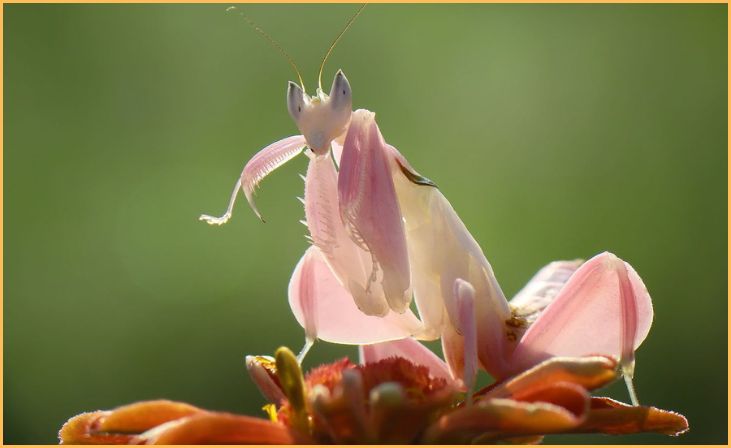
Praying Mantises (Mantodea) are captivating insects often kept as pets in terrariums. Known for their unique appearance and predatory behavior, these creatures make for low-maintenance and fascinating companions. Their diet consists of live insects, and they require a secure enclosure with proper ventilation.
Praying Mantises are relatively easy to care for, but owners should be mindful of their solitary nature, avoiding keeping them together as they may engage in cannibalistic behavior.
Providing a variety of perches and hiding spots enhances their well-being. Due to their brief lifespan, the fascinating molting process, and predatory instincts, keeping Praying Mantises offers a distinctive glimpse into the insect world.
Conclusion
In conclusion, the world of unusual pets offers both fascination and challenges. While these unique companions contribute to education, conservation awareness, and emotional bonds, responsible ownership is paramount. Striking a balance between the joy of exotic pet companionship and the preservation of ecosystems requires diligence, specialized care, and a commitment to ethical considerations.
As we navigate this evolving landscape, emphasizing responsible ownership becomes crucial to ensuring the well-being of these extraordinary creatures and maintaining a harmonious coexistence between humans and the diverse wonders of the animal kingdom.
FAQs
Yes, laws vary globally and regionally. Many places have regulations governing the ownership of exotic animals to protect both the animals and ecosystems.
Unusual pets often have specialized care needs, including specific habitats, diets, and veterinary requirements. Meeting these needs can be challenging and time-consuming.
Yes, with thorough research, commitment, and adherence to legal and ethical guidelines, responsible ownership is possible, contributing to conservation and education.

